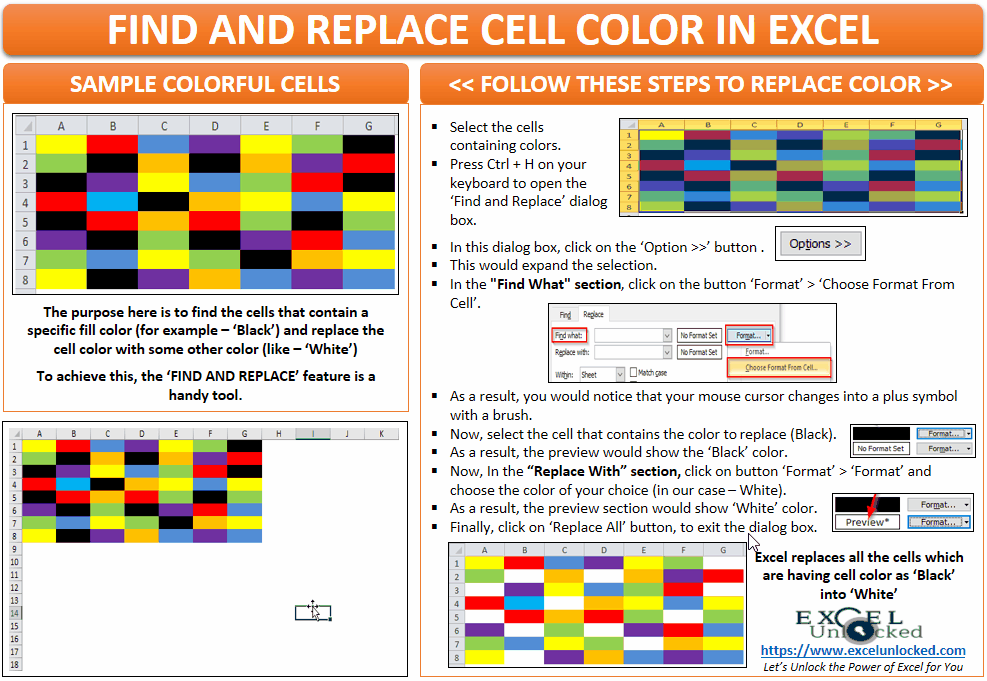

Ctrl/ command + D to fill down (highlight cells first).Ctrl/ command + 0 to hide selected columns.Ctrl/ command + 9 to hide selected cells.Shift + spacebar to select the whole row.Ctrl + spacebar to select the whole column.Ctrl to shift + end or Ctrl + shift + fn + right arrow to extend the selection to the last cell used on the sheet (lower-right corner).Ctrl + shift + home or Ctrl + shift+ fn+ left arrow to extend the selection to the beginning of the sheet.Shift + home or Shift + Fn + left arrow to extend the selection to the beginning of the row.Command + shift + j to ungroup selected cells.Command + shift + k to group selected cells.Ctrl + page down/up or Option + right/left arrow to go between sheets.Ctrl/ command + end to get to the end of a worksheet.Ctrl + home or Ctrl + Fn + left arrow to move to the beginning of a sheet.Ctrl/ command + arrow to get to the edge of a data set.Arrow to navigate left, right, up and down.*shortcuts in bold pertain to Mac commands, and those in teal pertain to both* Navigating Workbook– the Excel spreadsheet file that houses all the data you have entered.Worksheet– aka a spreadsheet, there can be multiple in a workbook (tabs at the bottom indicate how many worksheets you have).Formula– a sequence inside of a cell that is used to produce a value, it must start with an equal (=) sign.Cell range– a collection of cells that have been identified as a group e.g.
/draw-add-borders-excel-shortcut-57935f605f9b58173b6a32ca.jpg)

It works fine, but if you want to step it up, it’s good to learn keyboard shortcuts (it’s faster and looks good to employers!). Using a mouse in Excel, like hard coding formulas, is a dead giveaway that you’re new to Excel. Using Excel for the first time can be overwhelming, but just know that you can take it one cell at a time! Whether you’re using Excel for the first time, or you’re a novice and you want to improve, keyboard shortcuts are something you’re going to want to know.


 0 kommentar(er)
0 kommentar(er)
